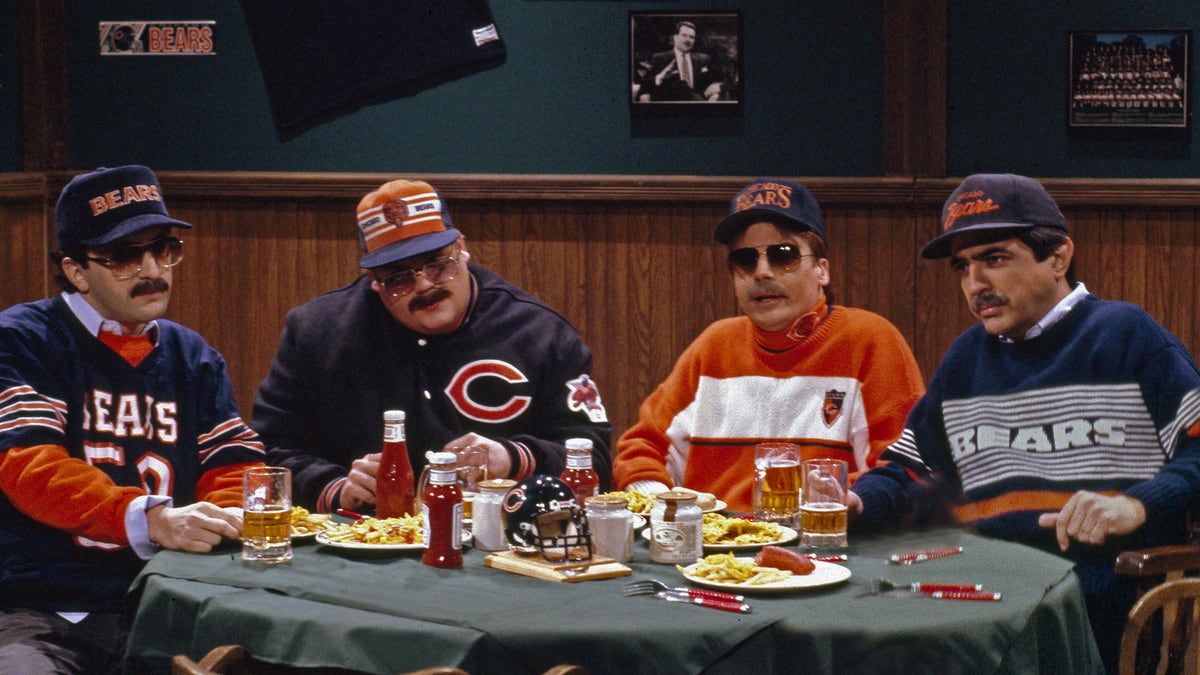
da-bears (© NBC Universal, Inc.)
A lot of things come to mind when you think of Chicago, even if you've never set foot anywhere near the place. There are the iconic landmarks (Wrigley Field, Willis [Sears] Tower), the sports legends (Michael Jordan, Mike Ditka), the indelible pop culture staples ("Ferris Bueller's Day Off," "The Blues Brothers"), and the idiosyncratic foods (quiche-like pizza, Italian beef sandwiches). But the Second City's rep isn't all based on fact. Decades of hearsay, urban legends, and outright fallacy have shaped a vision that is not quite 100% accurate.
In an ongoing effort to debunk some deeply entrenched city myths, we at realtor.com turn our attention this week to Chicago. Go Bears!
Myth: It's really, really windy
Truth: Actually, no. First, Chicago isn't even the first city to earn the nickname; that honor belongs to Green Bay, WI, which was referred to as the Windy City as far back as 1856. Second, the nickname wasn't really about the weather. Although the wind coming off Lake Michigan is powerful enough to be called "The Hawk," most historians believe the "Windy City" moniker was given to Chicago because of its long and cherished tradition of political windbaggery.
In a recent study of the windiest U.S. cities, Chicago isn't even in the top 10 (the top spots belong to Lubbock, TX; Rochester, MN; and Amarillo, TX). However, Chicago is the third-coldest city in the U.S.
Myth: Its four main food groups are sausage, cheese, beef, and more sausage
Truth: Chicago does have a rep as a city with a palate that's less than cultured. Hey, it was once proudly known as "Hog Butcher to the World." But in the past decade or so, Chicago's dining scene has become one of the nation's most experimental and diverse, giving rise to celebrity chefs and a new era of exotic cuisine. Chicago has two restaurants (Alinea and Grace) with all three of the coveted Michelin stars. In fact, chef Grant Achatz's Alinea was named the No. 1 restaurant in the U.S. by Gourmet magazine in 2006, and the best restaurant in North America by Restaurant Magazine in 2010 and 2011. The late chef Homaru Cantu pushed the boundaries of molecular gastronomy at Moto, also in Chicago, where diners were greeted with such dishes as sushi wrapped in edible paper.
Myth: Take away the sports, and Chicago has no cultural identity
Truth: Did you know that Chicago houses the largest collection of impressionist paintings outside of Paris? Perhaps you need a refresher on the diversity within the famed Art Institute of Chicago. And the city's many neighborhoods teem with small galleries and art spaces. The relative affordability of the region (as opposed to Manhattan, which has pushed its artists away from SoHo and the Lower East Side to make room for Starbucks and H&M stores) has artists flocking to Chicago to find their inspiration.
Myth: Chicago is a den of iniquity and violence
Truth: OK, maybe this has some history to back it up -- blame Al Capone. And today the city deals with its fair share of violence and crime (just like any other urban center), but if you want to put numbers to it, Chicago isn't even in the top five for most dangerous U.S. cities (those would be Oakland, CA; Saginaw, MI; Detroit, MI; Chester, PA; and Camden, NJ).
If you want to split hairs, maybe some of the Capone spirit does live on. A recent study showed that Chicago led the nation with a whopping 45 convictions for public corruption in 2013.
Myth: John Hughes' favorite Chicago suburb, Shermer
Truth: Alas, the home of so many John Hughes classics -- from "The Breakfast Club" to "Planes, Trains, and Automobiles" -- simply does not exist. There is no Shermer, IL, so forget planning that trip to Samantha Baker's house or Uncle Buck's favorite local tavern. Cameron's posh home from "Ferris Bueller's Day Off"? It was recently sold in Highland Park. And the "Home Alone" house is in nearby Winnetka. Save your sightseeing efforts for Wrigley Park.